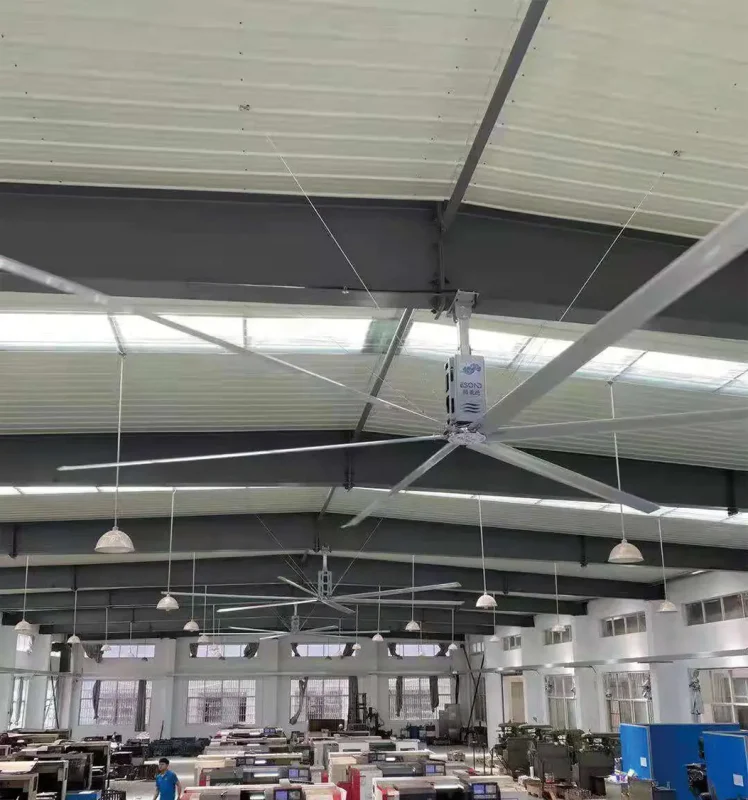News
How to ventilate and cool industrial workshops to create efficient and cool spaces
In industrial production, the environment of the workshop is directly related to production efficiency and the physical and mental health of employees. High temperature will not only reduce workers’ work efficiency and increase the error rate, but may also affect the quality of some precision equipment and products. For example, in a precision machining workshop, high temperature may cause metal parts to expand and contract, affecting machining accuracy; in an electronic component production workshop, excessive temperature will change the physical properties of components and reduce product stability. Reasonable matching of ventilation and cooling equipment can not only create a comfortable working environment, but also achieve the greatest economic benefits. Next, let us take a deeper look at the matching skills of workshop ventilation and cooling equipment.
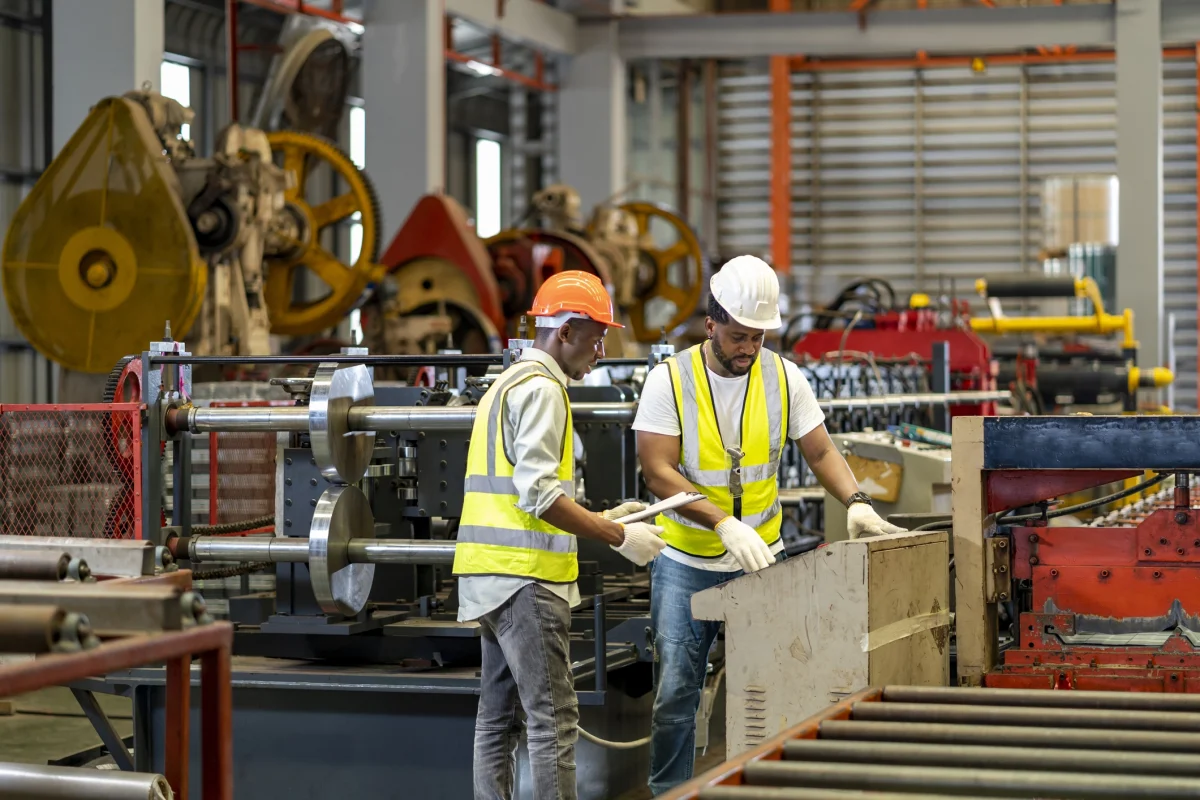
1.Common ventilation and cooling equipment
(1)Negative – Pressure Fan
The negative pressure fan uses a motor to drive the fan blades to rotate at high speed, forming a negative pressure inside the fan, quickly extracting the hot air and exhaust gas in the workshop to the outside, while the fresh air outside flows in under the action of atmospheric pressure to achieve rapid air circulation. It has extremely high ventilation efficiency and large air volume. An ordinary negative pressure fan can exhaust thousands of cubic meters per hour, which can quickly reduce the temperature of the workshop in a short time. It is also low-cost, with low procurement and installation costs, and simple later maintenance. You only need to clean the fan blades and motor regularly to ensure normal operation.

(2)Environment-Friendly Air Conditioner
Environmentally friendly air conditioners are also called evaporative air coolers. They work based on the principle of water evaporation and heat absorption. There are special wet curtains in the equipment. Water is evenly sprayed on the wet curtains to form a water film. When the outdoor hot air passes through the wet curtains, the water evaporates and absorbs heat, cooling the air. The cool air is then sent into the workshop through the fan. The whole process does not use compressors and refrigerants, which is green and energy-saving. Its cooling effect is obvious, which can reduce the temperature of the workshop by about 4-10℃, and it is energy-saving and power-saving. The power consumption is only 1/8-1/5 of that of traditional central air conditioners. It can also purify the air. The wet curtains can filter dust and some harmful gases to improve the air quality in the workshop.
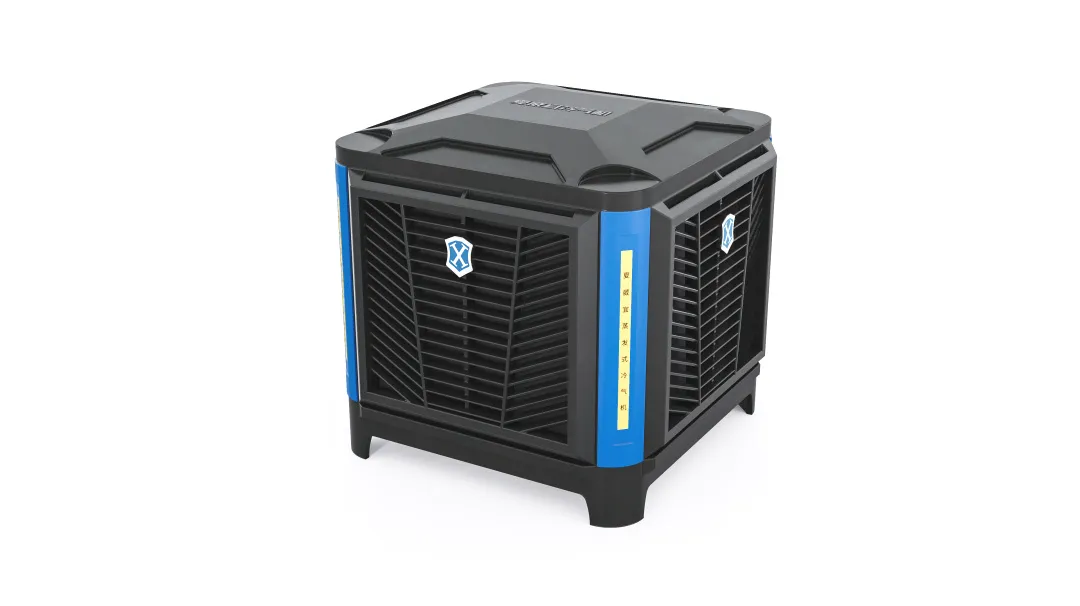
(3)Industrial large Ceiling Fan
Industrial large ceiling fans use high-power, low-speed motors to drive huge blades to rotate slowly, pushing a large amount of air from high places downwards, forming a large airflow layer on the floor of the workshop, driving air circulation, promoting the evaporation of human sweat, and making people feel cool and comfortable. It covers a wide area, and the blade diameter is usually 4-7 meters. A large ceiling fan can effectively cover an area of 100-2000 square meters. The wind feels natural and comfortable, and the wind speed is generally 1-3 meters/second, which is close to the natural wind speed. It will not produce local strong winds and improve the comfort of employees. In addition, industrial large ceiling fans are energy-saving and durable. Although they have high power, they have low speed and low energy consumption, and their service life is up to 10-15 years, and they are easy to maintain.
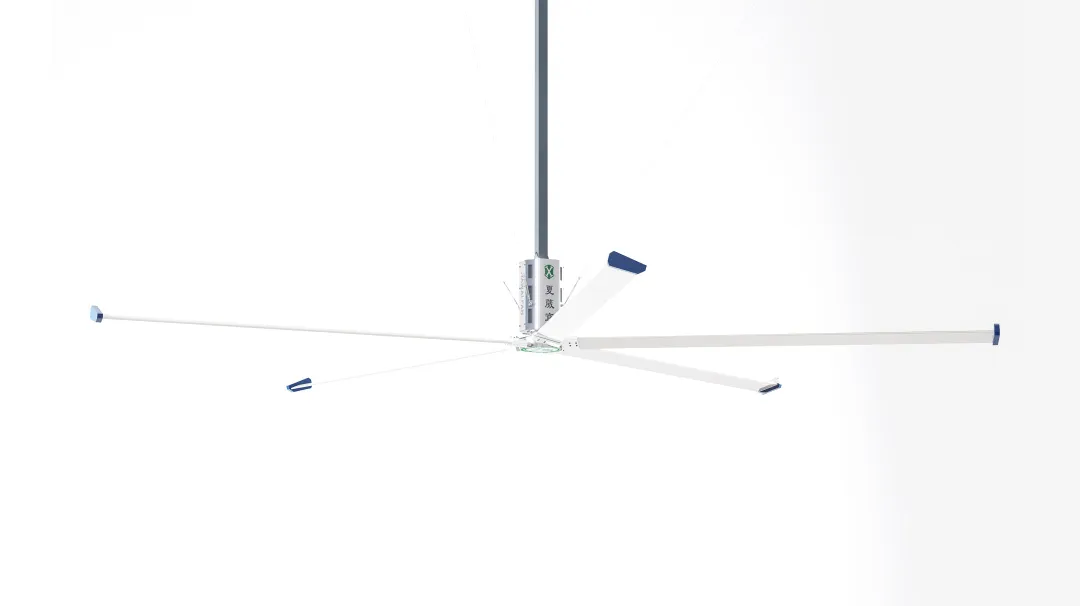
(4)Mobile Environmental Protection Air Conditioner
The mobile environmentally friendly air conditioner uses compressor refrigeration, which is similar to the principle of household air conditioners. The refrigerant is compressed into high-temperature and high-pressure gas by the compressor, and then cooled into liquid by the condenser. The liquid refrigerant evaporates and absorbs heat in the evaporator, cooling the air. The fan then blows out cold air to achieve local area cooling. It does not require complicated installation, comes with a water tank and rollers, and can be moved to the required position at any time. It is highly flexible and can be moved to the area that needs cooling at any time according to the workshop production layout and personnel flow. It has a fast cooling speed and can reduce the temperature of the local area to the set value in a short time.

2.Equipment matching strategies in different workshop scenarios
(1)Large area open workshop
For workshops with large areas and open spaces, a combination of negative pressure fans and environmentally friendly air conditioners can be used, and large industrial ceiling fans can be installed in tall and large space areas. A precision machinery processing workshop with an area of 1,200 square meters has many equipment and scattered heat sources. The workshop temperature exceeds 37°C during high temperatures in summer, which seriously affects production. After professional analysis, 6 high-power negative pressure fans are installed on the exterior walls on both sides of the workshop to form convection and quickly discharge hot air; 12 environmentally friendly air conditioners are evenly distributed inside to cool the overall temperature, using the principle of water evaporation and heat absorption to deliver cool air to the workshop; 2 large industrial ceiling fans are installed in tall and large space areas to promote air circulation, making the temperature and airflow of the entire workshop more uniform. After the implementation of the plan, the workshop temperature stabilized at 28-32°C, the air was fresh, the efficiency of workers was greatly improved, and the product quality was guaranteed.
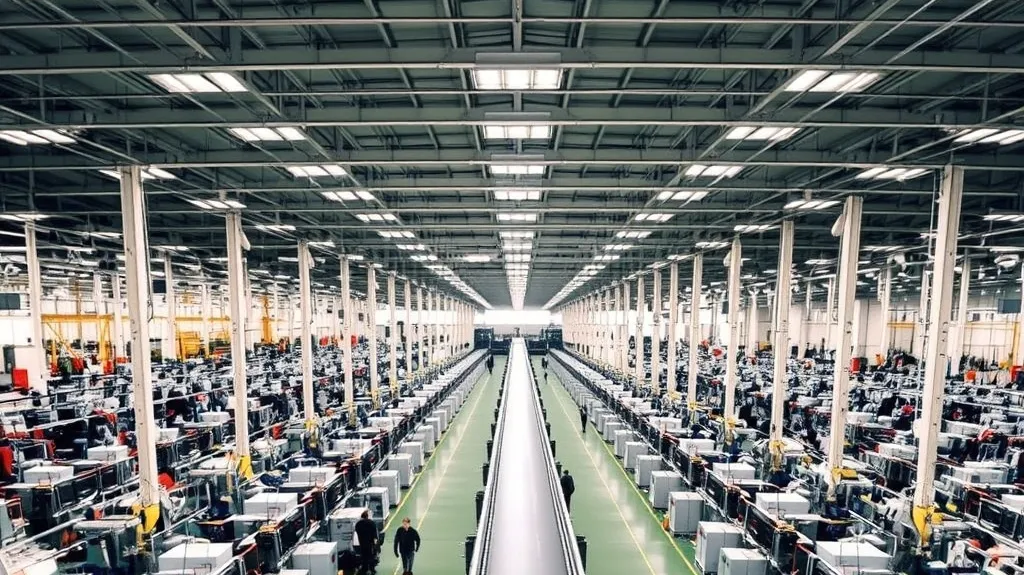
(2)Workshop with concentrated heat sources
When the heat source is concentrated in the workshop, mobile environmentally friendly air conditioners or cooling wet curtain walls can be set near the heat source for fixed-point cooling. For example, in a welding workshop, welding equipment generates a lot of heat. Placing mobile environmentally friendly air conditioners next to these equipment can quickly reduce the temperature of the local area and create a relatively cool working environment for workers. At the same time, negative pressure fans are arranged on the top and one side of the workshop to exhaust the hot air and ensure the overall air circulation of the workshop.

(3)Small in area and compact in layout workshop
For workshops with small area and compact layout, mobile environmentally friendly air conditioners can be used as the main method, combined with small negative pressure fans for local ventilation. Mobile environmentally friendly air conditioners can accurately cool down key equipment and positions, while small negative pressure fans are responsible for exhausting dirty air, achieving efficient cooling and ventilation in small spaces.
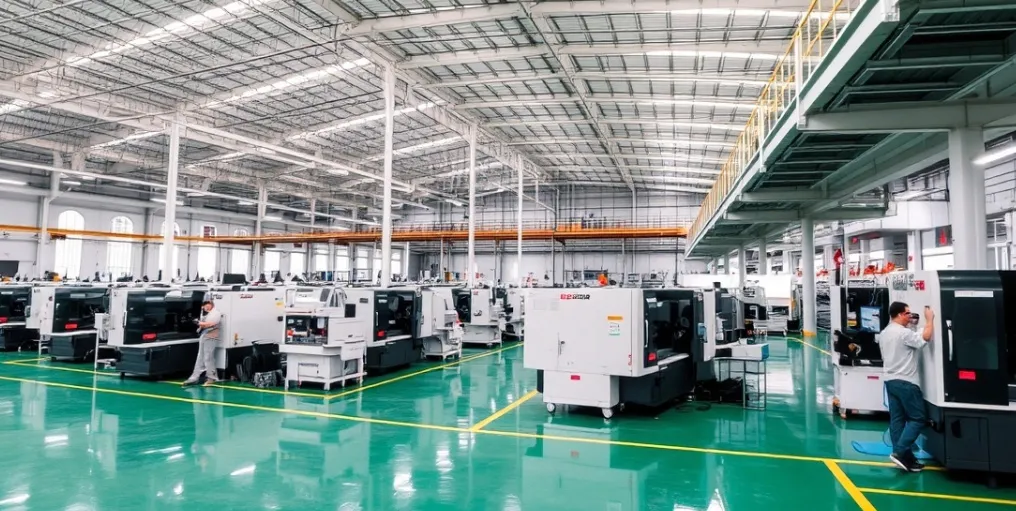
3.Equipment combination based on functional requirements
(1)Overall cooling and ventilation are taken into account
If the workshop needs to achieve overall cooling and ventilation at the same time, a negative pressure fan can be used in combination with an environmentally friendly air conditioner. The negative pressure fan is responsible for exhausting the hot air in the workshop, and the environmentally friendly air conditioner sends the cooled and purified fresh air into the workshop. The two work together to effectively reduce the workshop temperature and ensure the freshness of the air. In some plastic processing workshops, there is a lot of odor and heat. This combination can quickly exhaust the odor and heat, providing workers with a healthy working environment.
(2)Localized key cooling
For certain specific positions or areas in the workshop that have high temperature requirements, a position cooling system can be used. For example, in the electronic equipment assembly workshop, some precision operation positions have strict requirements on temperature and humidity. Air coolers or air conditioning fans can be installed at these positions to provide workers with a suitable working environment. At the same time, local ventilation equipment, such as exhaust fans or exhaust ducts, can be combined to enhance air circulation and reduce heat accumulation.
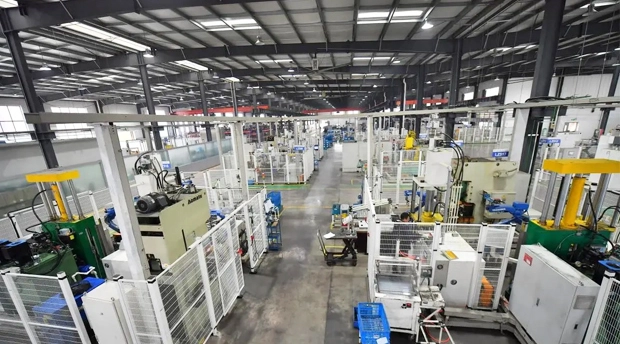
4.Notes on equipment matching
(1)Air volume calculation should be accurate
Before determining the matching scheme of ventilation and cooling equipment, it is necessary to accurately calculate the required air volume of the workshop. Consider factors such as human heat load, equipment and mechanical load, and estimate the required ventilation times according to the internal structure and size of the factory, as well as the special requirements of the work area. Generally speaking, in different types of factories, 2 to 10 ventilation changes per hour is a common range. Through the air volume calculation formula: air volume (m³/h) = heat load (W) / temperature difference (℃) * ventilation times per hour, a reasonable air volume requirement is obtained to ensure that the equipment can meet the cooling and ventilation needs of the workshop.
(2)The installation layout should be reasonable
Reasonable layout of equipment is the key to improving ventilation and cooling efficiency. Avoid the formation of heat island effect in equipment-intensive areas. According to the structure and layout of the workshop, design a reasonable ventilation system to ensure that the ventilation system includes sufficient air inlets and exhaust vents to achieve effective air circulation. For example, negative pressure fans should be installed on the side walls or roof of the workshop, environmentally friendly air conditioners should be evenly installed on both sides or one side of the workshop, and large industrial ceiling fans should be reasonably installed according to the size and layout of the workshop.
(3)Maintenance and management should be in place
Regularly maintain and inspect the ventilation and cooling system to ensure its normal operation and high efficiency. For example, regularly clean the blades and motor of the negative pressure fan, check whether the wet curtain of the environmentally friendly air conditioner is blocked, and replace the filter of the mobile environmentally friendly air conditioner in time. At the same time, take energy-saving measures, such as adjusting the equipment operation time, turning on the energy-saving mode, etc., to reduce operating costs.
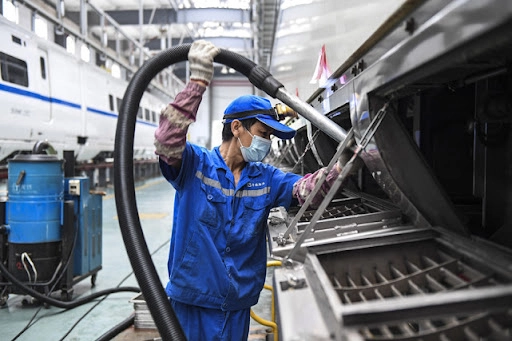
5.Balance consideration of cost and benefit
When choosing a ventilation and cooling equipment solution, not only the cooling effect should be considered, but also the cost investment. Traditional central air conditioners have significant cooling effects, but they require large purchase and installation investments, high operating costs, and high site requirements, making them unsuitable for large workshops. However, equipment such as negative pressure fans, environmentally friendly air conditioners, and large industrial ceiling fans have relatively low costs while ensuring cooling effects, and are also simple to maintain in the later stages. Enterprises can choose cost-effective equipment solutions based on their own budgets and needs to achieve a balance between cost and benefit.
